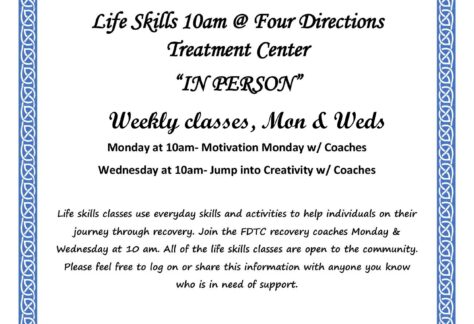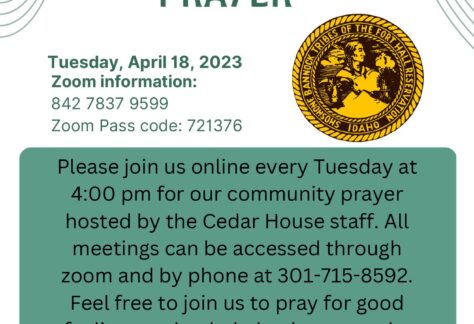Language & Cultural Preservation Department.
The mission at the Language & Cultural Preservation Department is to provide an environment for the cultural enrichment and preservation of our Shoshone and Bannock languages and traditions; to preserve the ways of our ancestors; and to promote our identity for future generations.
Vision and Direction.
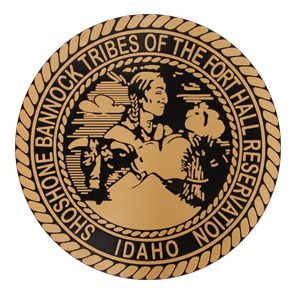
Cultural Resources Director
The Cultural Resources Director for the Language Cultural Preservation Department (LCPD) provides oversight for all cultural issues involving use of the language, language preservation efforts, cultural education, cultural research, historical research and the continual and ongoing intrusions and exploitation of our culture and tribal intellectual properties. The director monitors and facilitates discussions and presentations regarding our language, culture, history and has been involved in the effort to correct misleading information that has been put forth by historians, anthropologists, archaeologists, territories. The LCPD coordinates with other Tribal offices that have cultural resources responsibility, i.e., HeTo, Fisheries, and Environmental program.
The LCPD maintains confidential and sensitive information in accordance with the Privacy Act of the Tribes, and other laws while facilitating Ethnographic studies and other important research, and cultural findings in and off-reservation archaeological sites. The director also provides guidance to the Culture Committee and monitors finance expenditures for the cultural events.
Archives.
Preserving Tribal Documents
Archives provides a means to preserve tribal documents that describe our Tribes’ history and ways of life. These documents provide support for many areas the Tribes deal with in today’s world – such as land claims, land use, language preservation, cultural preservation, family histories, and lineage. Also, many archived documents ensure that the rights and privileges of the Fort Bridger Treaty of 1868 are afforded to the Shoshone and Bannock Tribes.
Grave Marker Project
The Archives program also takes care of the Grave Marker Project. This entails making grave makers for those buried at all the cemeteries located on the Fort Hall Reservation.
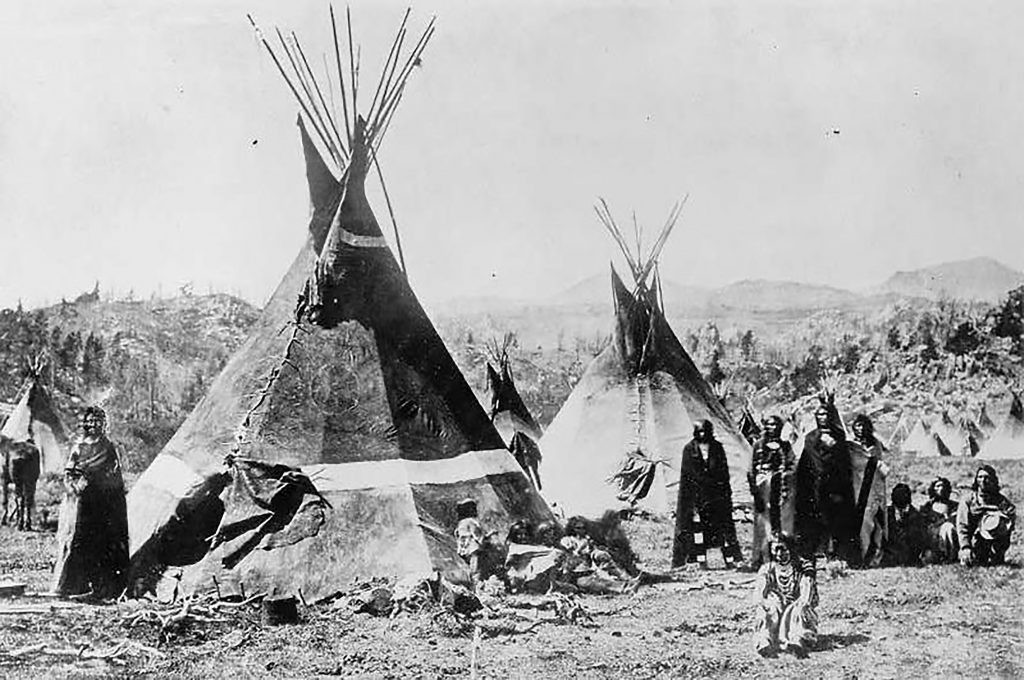
Language Program.
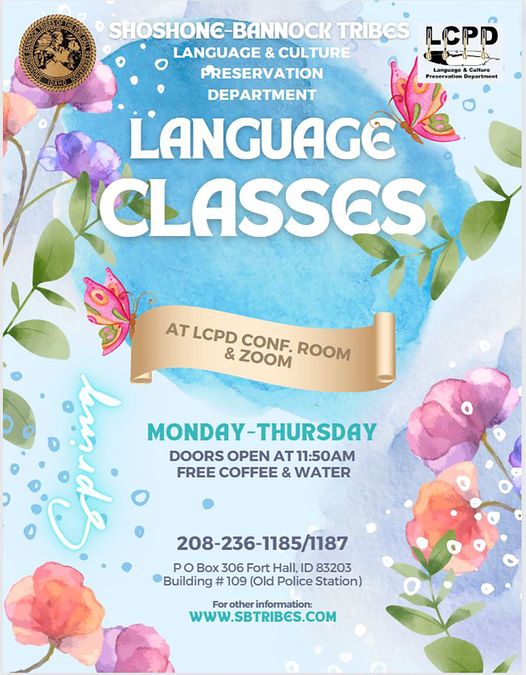
The language programs portion of this Department provides instruction in both Shoshone and Bannock languages. There are several language instructors, all tribal members who provide the instruction. Along with this instruction the cultural and traditional values well as the tribal history are included so tribal members are more informed regarding their sovereignty and treaty rights, both on and off the reservation. With this knowledge, youths may also acquire positive self-image and find their role in their communities.
Knowledge of one’s language and culture is an identity that recognizes us as Shoshone and Bannock people. This recognitions lets others know who we are. It is so important to have this understanding, because our forefathers have preserved it for us in the five hundred years that our people were exposed to non-Indian influences, now it is our responsibility to preserve our identity for the future generations to come.
The LCPD offer Shoshone language and culture classes to the general (tribal) public on Monday thru Friday from 12:00 to 1:30 pm daily and Bannock Class from 1:30 pm to 3:30 pm, and on Monday & Wednesday Bannock Class from 5:30 pm to 8:00 pm. At the Language and Culture Preservation Department conference room.
Original Territories & Historical Research Program.
Establishing Ancestral Land Claims
The Original Territories & Historical Research Program was originally called the Lemhi Project and had the initiative of establishing the Shoshone-Bannock Tribes ancestral land claims to areas in Northern Idaho and Southwest Montana. It has since evolved and now extends its research throughout the entire northern and southwestern United States, as well as areas in Canada and Mexico.
In the pursuit of conducting historical research, we seek to identify, evaluate, and document culturally relevant items, interaction, practices, sites, beliefs, drawings and recordings that will further support the establishment of our tribal presence in the Western U.S. and above all, protect and preserve our cultural heritage for future generations.
Tribal Cultural Research Projects
LCPD provides research for tribal cultural educational and historical signage projects and serves as the intermediary between the Tribes, non-Indians and tourism development in the states of Montana, Wyoming and Idaho.
Current projects are South West Montana Land Claim, Agai Dika Shoshone history panels, “corrections” to the Nez Perce Trail, (Shoshone and Bannock) Trail, and City of Rocks Interpretive panels.
The Language & Cultural Preservation Department has been authorized to monitor any activity regarding Nez Perce Trail Meetings.
Front row: Wendy Farmer, Nicki Osborne Back Row: Carlee Osborne, Robert Mann and Tahnee Jim
Special Collections.
This Program specializes in researching family histories by examining historical and legal documents to answer questions about when and where people were born, married, lived, died and who their families are. Special Collections: collects, catalogs and maintains the documents for the Shoshone-Bannock Tribes Language and Cultural Preservation Department. All requests for family historical information can be made by filling out a request form located in the lobby of the Language and Cultural Preservation Department.
Videography, Graphics & Digital Preservation.
The Videographer video tapes programs and events for the Language and Cultural Preservation Department. The Videographer is tasked to record interviews, oral histories and cultural events with elders and tribal members of the Shoshone and Bannock Tribes, as well cultural events the departments participates in. Digitizes audio recordings, edits and produces digital documentaries and PowerPoint presentations. This assures the language and culture of the Shoshone and Bannock Tribes are digitally preserved.
Cultural Events.
477 30 year Anniversary Celebration
HRDC Lawn
306 Pima, HRDC, Fort Hall, ID
Story Time in the Park
Softball Field
Fort Hall, ID
Kids’ Day Powwow & BBQ
HRDC Lawn
306 Pima, HRDC, Fort Hall, ID
Story Time in the Park
Softball Field
Fort Hall, ID
Shoshone-Bannock Tribal Museum.
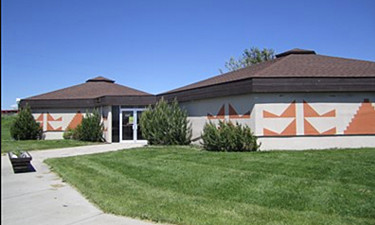
The museum is showcasing history, culture, and tribal art. On exhibit is the Benedicte Wrensted photo collection taken in the years from 1895 through 1912.
A live buffalo from the tribe’s buffalo herd is brought in during the summer months and can be viewed next to the museum.
Location
I-15, Exit 80, Simplot Road, on the Fort Hall Indian Reservation Southeastern Idaho, located between the cities of Pocatello and Blackfoot.
Store
The museum store offers a variety of tribal books, music, posters, calendars, post cards, authentic beadwork and jewelry made by Shoshone-Bannock tribal members.
Hours of Operation
September to May
Monday – Friday
9:30 am – 5:00 pm
June to August
Open Daily
9:30 am – 5 pm
Closed on all federal and tribal holidays.
Admission
- Small admission charge.
- Tribal members with tribal identification card are free.
- For groups of five or more, call ahead for group rates.
Contact Us
Language & Cultural Preservation Department Highlights.
Contact Language & Preservation Department.





